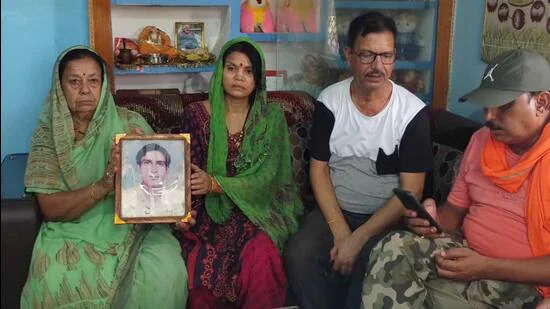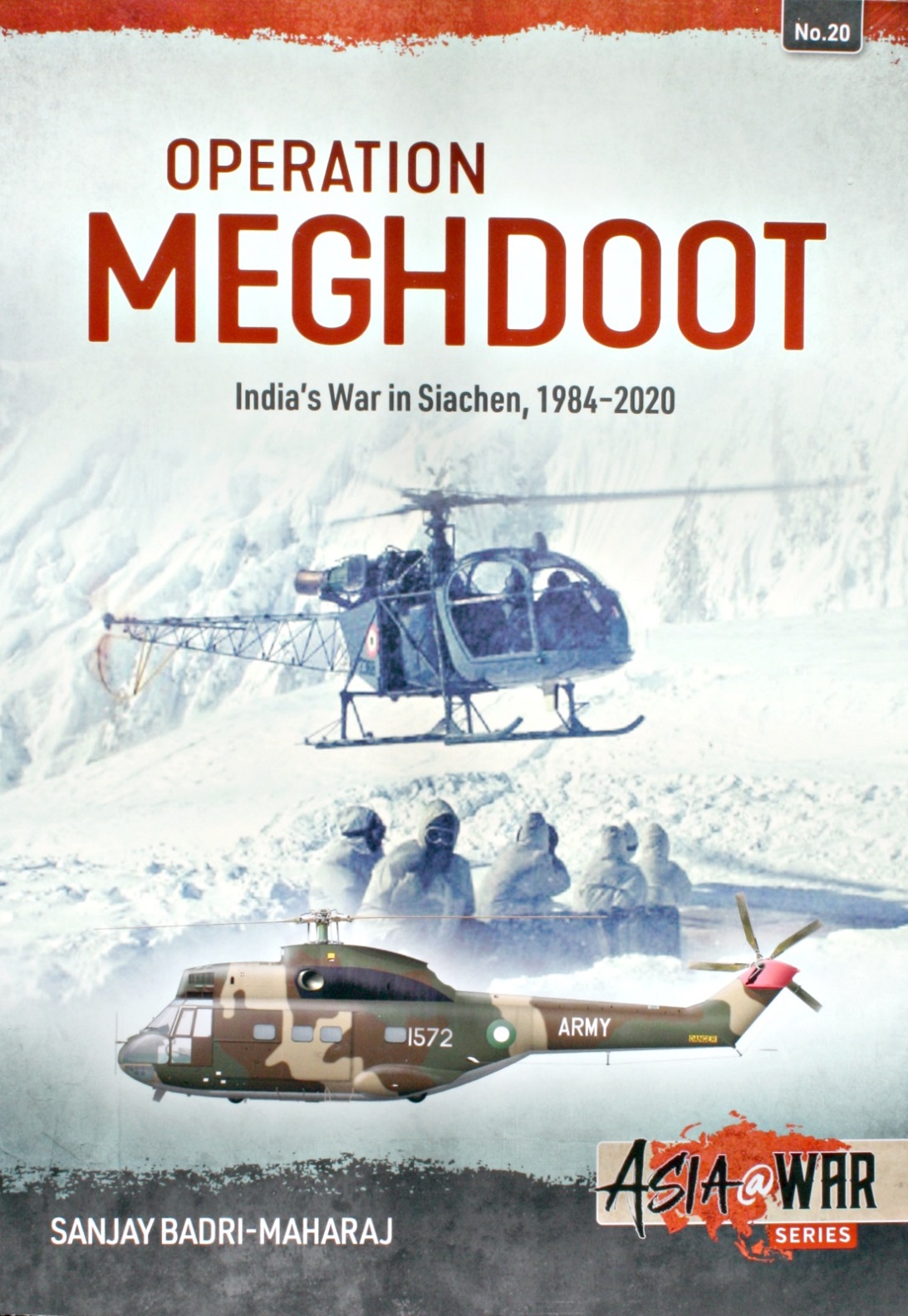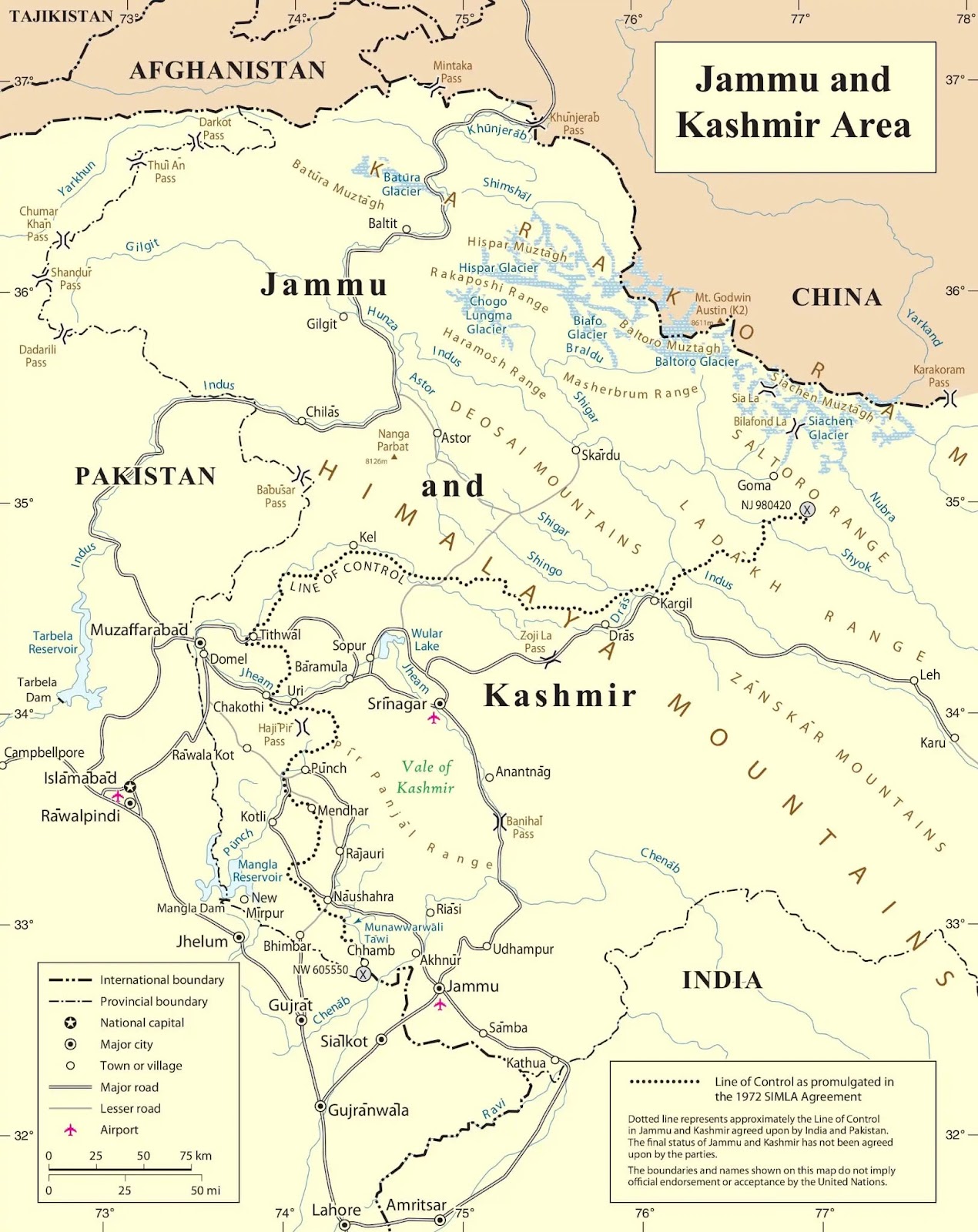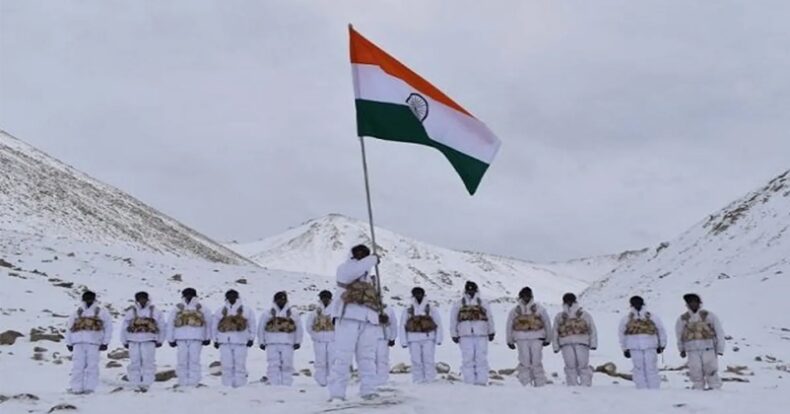Remains of Kumaon Regiment soldier was found 38 years later in Siachen
A patrol of five soldiers, including Lance Naik Chandrashekhar Harbol, who joined the Kumaon Regiment in 1971, was struck by an avalanche. 38 years after going missing in Siachen in 1984, the body of a soldier from Haldwani in Uttarakhand was discovered at the highest battleground in the world.

Lance Naik Chandrashekhar Harbol’s widow, Shanti Devi, 63, claims that the 19 Kumaon Regiment of the army notified her of the recovery on Sunday.
When she heard the body had been discovered on Saturday in an ancient bunker at Siachen, she claimed her mind went blank and she was unable to speak. It has been almost 38 years. And after this, every old wound started to heal. And slowly all the past wounds opened up again… I was 25 when he went missing. We got married in 1975.
My two daughters were very little when he disappeared nine years later. One was four, and the other was one and a half years,” recalled Devi, who never remarried.
“We gave him a tarpan, a water offering to the dead, and I committed my life to raise my kids. I brought up my children as proud mothers and a strong wife of a martyr despite numerous obstacles and difficulties.
The remains were supposed to be delivered to the family on Tuesday. “Officials, residents of our village, and individuals from nearby areas are gathering. Our hero, he is. I am confident that his sacrifice will be remembered at the same time the nation remembers the sacrifices of our military.
Harbol’s 42-year-old daughter Kavita said they were unsure whether to be glad or sad. He has long since left. We never imagined that he would be located after so much time. We were informed that his bones were identified because of a metallic disc bearing his service number. But after performing his final rituals in accordance with Hindu custom, at least we will get some comfort and conclusion. Papa has returned home, but I wish he were still living so that he could join us all in celebrating Independence Day.
Harbol, who joined the Kumaon Regiment in 1971, was part of a five-member patrol when an avalanche hit it. Neither his nor the bodies of the other four could be found. Their regiment was part of India’s pre-emptive action to stop Pakistan from capturing strategic areas in the glacier in April 1984 as part of Operation Meghdoot.
Operation Meghdoot

The Indian Armed Forces launched Operation Meghdoot on April 13, 1984, in order to capture the Siachen Glacier. The dispute over the Siachen Glacier stems from the 1949 Karachi Agreement, which was supervised by the United Nations Commission for India and Pakistan (UNCIP) and established a ceasefire line in Kashmir. The easternmost part of the ceasefire line was not demarcated beyond a point called NJ9842 under the 1949 Agreement, and the territory between NJ9842 and the Chinese border was left unmarked. As a result, by allowing expeditions to the area, both countries asserted their claims to the unmarked territory. When Pakistan allowed a Japanese team to climb an important peak in the area, the Indian government became suspicious.

Source: Wikipedia
The Indian government decided to deploy troops at the Siachen glacier to put an end to Pakistan’s attempts to assert its claim over the territory. In 1982, troops were sent on a training expedition to Antarctica to acclimate to extreme temperatures as part of the preparations for deployment at the glacier. Fearing that India would seize the important ridges and passes near the glacier, the Pakistani Army decided to send their troops first and ordered Arctic-weather gear from a London supplier, unaware that the same supplier had outfitted India.
According to intelligence reports, Pakistani forces had intended to occupy the glacier on April 17. As a result, the Indian Army prepared a plan to control the glacier on April 13, 1984, much earlier than the Pakistani Army, in order to prevent this. Lieutenant General Prem Nath Hoon oversaw the operation that was given the moniker Meghdoot (cloud messenger), after a play by Kalidasa that was published in Sanskrit. Because April 13 fell on Baisakhi, when Pakistan would be least anticipating it, Brigadier Vijay Channa, who was in charge of the mission of occupying the Saltoro ridge, picked that day to begin the operation. Indian Army forces were lifted by the Indian Air Force as preparations got underway.
Under the direction of Lieutenant-Colonel (later Brigadier) D. K. Khanna, the Kumaon Regiment and Ladakh Scouts units advanced on foot during the first stage of the operation in order to escape being picked up by Pakistani radars.
By the auspicious day of Baisakhi, some 300 Indian troops had already taken control of the major peaks and passages of the glacier, and by the time Pakistani troops learned of this, the battle was already lost. Pakistan possessed more ground access points to the region than India, which had to rely on airdrops, but it was only able to take over the Saltoro Ridge’s western slopes and foothills.
Even though there is no solid information on casualties, soldiers on both sides experienced frostbite, and high-altitude illness, and some even lost their lives in avalanches.
Despite the harsh weather and the nearby enemy, our courageous soldiers are still protecting the Siachen Glacier.













